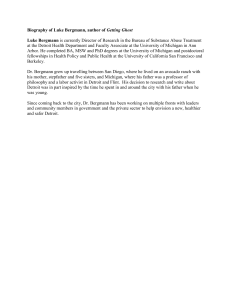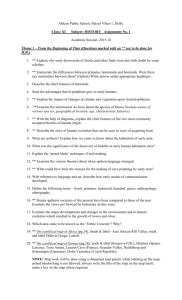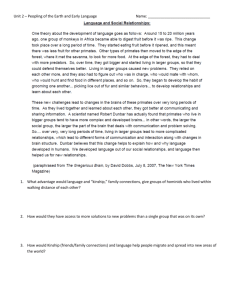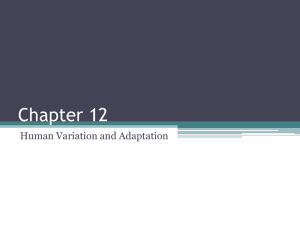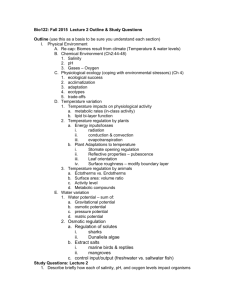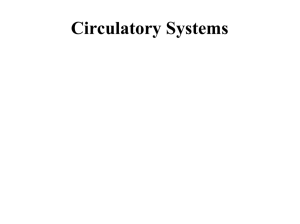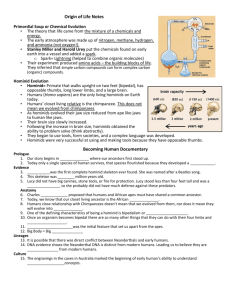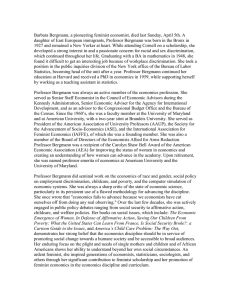PowerPoint Chapter 16
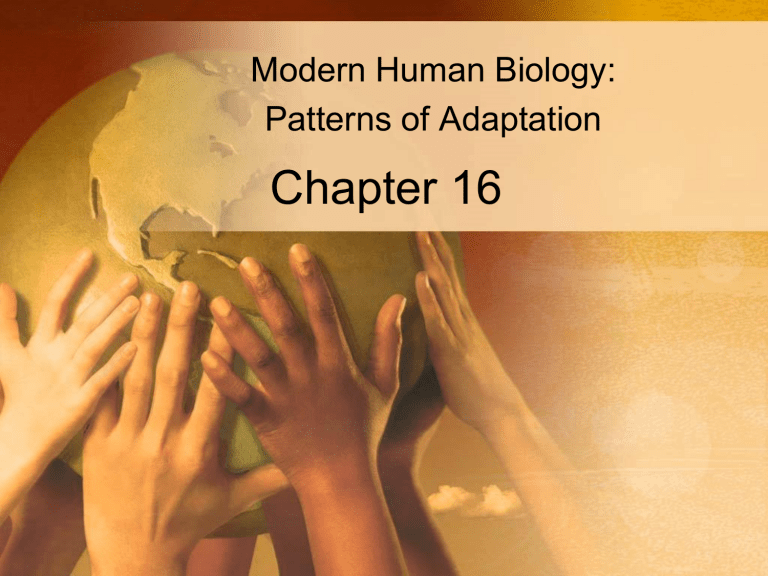
Modern Human Biology:
Patterns of Adaptation
Chapter 16
Adaptive Significance of
Human Variation
• Human variation is the result of adaptations to the environment
• Physiological response to the environment operates at two levels:
1. Long-term evolutionary changes
2. Short-term, temporary changes
• Terms
– Homeostasis
– Acclimatization
Geographical Distribution of Skin
Color in Indigenous Populations
Ultraviolet Light and Skin
Cells
Three Points: Skin Color and Evolution
1. Early hominids lived in the tropics, where solar radiation is more intense than in temperate areas to the north and south.
2. Unlike modern city dwellers, early hominids spent their days outdoors.
3.
Early hominids didn’t wear clothing that would have protected them from the sun.
Thermal Environment
• Humans are found in a wide variety of thermal environments, ranging from
120 ° F to -60° F.
Human Response to Heat
• Long-term adaptations to heat evolved in our ancestors:
– Sweat Glands
– Vasodilation
• Bergmann's rule - body size tends to be greater in populations that live in cold environments.
Bergmann’s Rule
Allen’s Rule
Examples of Bergmann’s and
Allen’s Rules
• (a) This African woman has the linear proportions characteristic of many inhabitants of sub-Saharan Africa.
• (b) By comparison, the Inuit woman is short and stocky.
Human Response to Cold
• Short-term responses to cold:
– Metabolic rate and shivering
– Narrowing of blood vessels to reduce blood flow from the skin, vasoconstriction.
– Increases in metabolic rate to release energy in the form of heat.
High Altitude
• Multiple factors produce stress on the human body at higher altitudes:
– Hypoxia (reduced available oxygen)
– Intense solar radiation
– Cold
– Low humidity
– Wind (which amplifies cold stress)
Infectious Disease
Environment
